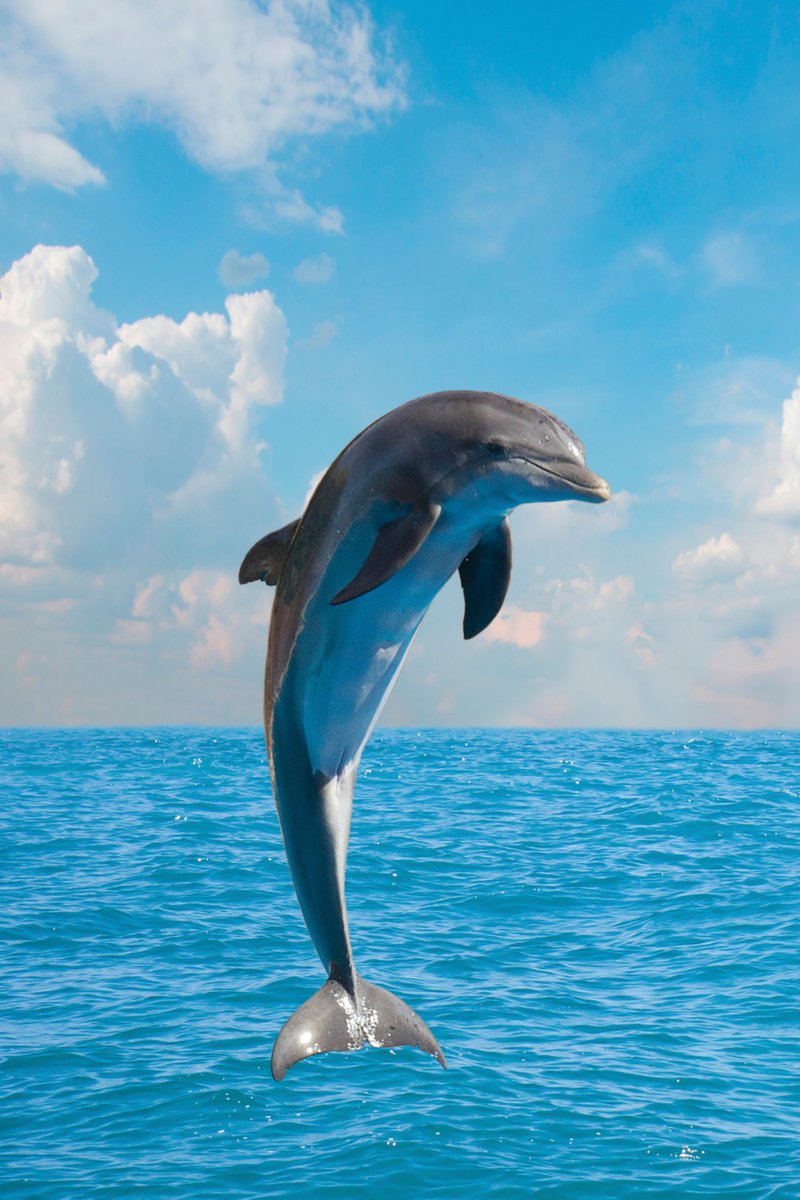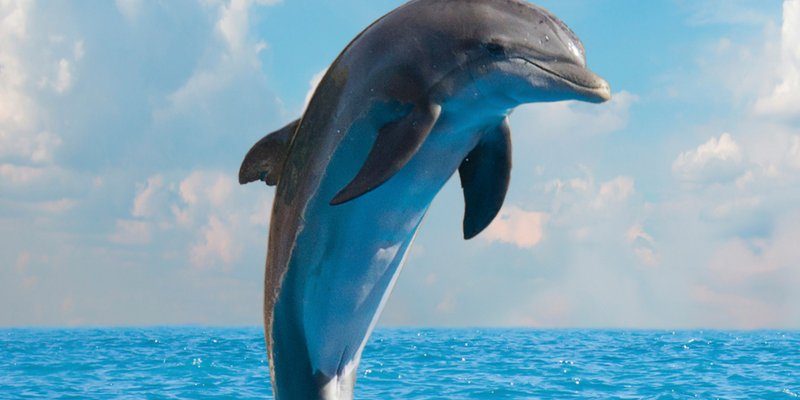
Let’s dive in and explore some of the most fascinating myths and cultural beliefs about these extraordinary marine mammals. You might be surprised at how cultures worldwide have woven dolphins into their narratives, from symbols of protection to manifestations of divine beings. It’s as if dolphins have donned various hats over time, each representing a unique facet of how humans view them.
The Dolphin as a Messenger of the Gods
Many ancient cultures viewed dolphins as divine beings or messengers for the gods. In Greek mythology, for example, Poseidon, the god of the sea, was often depicted riding a dolphin. This portrayal wasn’t just for show; dolphins symbolized guidance and protection on tumultuous waters. Sailors would pray to dolphins for safe travels, believing these creatures would lead them to calmer seas.
In Hindu mythology, dolphins are sometimes associated with the goddess Ganga, the river goddess. The belief goes that the dolphin is a guardian of rivers and waters, watching over those who journey through them. This reverence for the dolphin reflects humanity’s long-standing desire to connect with nature and seek protection from its vast, unpredictable realms.
You might be wondering why these beliefs hold such significance. They tap into our deep-seated need for security and guidance in life—like having a lighthouse guiding us home. Thus, the dolphin symbolizes hope and solace, reassuring us that we’re not alone in the challenges we face.
Dolphins as Symbols of Love and Friendship
Dolphins are often celebrated as symbols of love and companionship. They are known for their strong social structures and bonds within pods, which mirror our own relationships. For many Indigenous cultures, dolphins represent friendship, loyalty, and harmony. They are seen as compassionate beings that care for one another, often helping injured or sick members of their pods.
In some Polynesian cultures, dolphins are viewed as guardians of loved ones lost at sea, embodying a spirit of eternal love. Families would celebrate the lives of their departed by creating stories and songs that included the dolphin, showing that love transcends even the depths of the ocean. It’s like an everlasting connection that doesn’t fade away, no matter the distance.
This belief has inspired many artists and storytellers alike. Imagine a beautiful song about a dolphin guiding lost souls to safety—an emotional reminder that love knows no bounds. It illustrates the powerful impact dolphins have on our understanding of relationships and the bonds that tie us together.
The Myth of the ‘Dolphin’s Way’
In some cultures, there’s a belief in the “Dolphin’s Way,” a mythical path that dolphins swim to connect with the spiritual world. This path is said to lead to wisdom and enlightenment, making dolphins revered figures in various spiritual practices. People who see dolphins in dreams or visions may interpret these experiences as a reminder to seek deeper understanding or inner peace.
This mythology highlights the notion that dolphins are not just physical creatures but also spiritual entities. They represent a bridge between our worldly concerns and higher consciousness, encouraging us to explore our own spiritual journeys. Think of it like having a trusted friend guiding you through a maze; the dolphin’s way becomes a metaphor for navigating life’s complexities.
In modern times, this belief has influenced wellness and meditation practices. Many people incorporate dolphin imagery into their spiritual routines, seeking the wisdom and playful energy these creatures embody. It’s a beautiful example of how ancient beliefs can resonate with contemporary life, encouraging us to embrace curiosity and exploration.
The Dolphin and Environmental Symbolism
Beyond myths and folklore, dolphins have become symbols of environmental conservation. As our knowledge of marine ecosystems has grown, so has the recognition of dolphins’ role in signaling the health of our oceans. Many cultures now cherish dolphins as ambassadors for oceanic life, promoting awareness about pollution, habitat destruction, and climate change.
This shift in perspective showcases the power of storytelling. As dolphins embody the importance of protecting our oceans, they inspire movements focused on marine conservation. It’s similar to how a beloved character can drive home an important message in a children’s book—capturing hearts while educating minds.
Many organizations now use dolphins as symbols in their campaigns, encouraging people to take action for cleaner oceans. By fostering a connection between dolphins and environmental stewardship, these efforts promote a sense of responsibility among communities, reminding us that our choices impact not just the creatures we love but also our planet’s future.
Cultural Practices and Dolphin Celebrations
Various cultures celebrate dolphins through festivals and rituals. In Japan, for instance, the *dolphin dance* is part of traditional celebrations, where dancers mimic dolphin movements, symbolizing unity and joy. This artistic expression highlights the bond between humans and dolphins, celebrating the beauty of nature through culture.
In other cultures, such as those in the Mediterranean, dolphin sightings are often seen as good omens. Fishermen might celebrate these encounters, believing that dolphins bring luck and abundance. It’s similar to how we might toss a coin for good luck; these beliefs are ways to honor and connect with the natural world around us.
Such celebrations not only highlight the significance of dolphins but also encourage communities to come together and embrace their shared heritage. They serve as reminders of our interconnectedness and the importance of preserving these cultural narratives for future generations. You can think of it as passing down a treasure chest of stories that enrich our lives and deepen our understanding of the world.
The Dolphin in Modern Media
Dolphins have made a significant impact on modern media, appearing in films, books, and shows, often depicted as the wise and playful characters. From classics like *Flipper* to movies like *Dolphin Tale*, these portrayals have helped shape public perception of dolphins. They often represent themes of friendship, loyalty, and resilience—qualities that resonate with audiences of all ages.
These media representations have consequences in how we view and treat dolphins in real life. When a film highlights a dolphin’s intelligence and emotional depth, it creates a connection that inspires viewers to care for marine life. It’s like how a powerful documentary can spark interest in conservation efforts—turning awareness into action.
Additionally, modern storytelling emphasizes the need to respect and protect dolphins and their habitats. Many documentaries showcase the challenges these creatures face in the wild, raising awareness about conservation. This blend of entertainment and education helps deepen our understanding and commitment to safeguarding our oceans and the life within them.
Dolphins have captivated our hearts and minds for centuries, weaving their way through myths, cultural beliefs, and media. From divine messengers to symbols of love, their presence in stories highlights humanity’s longing for connection, understanding, and conservation. As we celebrate these remarkable creatures, we are reminded of our responsibility to protect them and their environments.
In a world that often feels disconnected, dolphins serve as a powerful reminder of the bonds we share—both with each other and the natural world. So, the next time you see a dolphin leaping through the waves, remember the rich tapestry of myths and beliefs that surround them. After all, these enchanting creatures embody the spirit of hope, friendship, and a deep respect for the oceans that cradle them.

